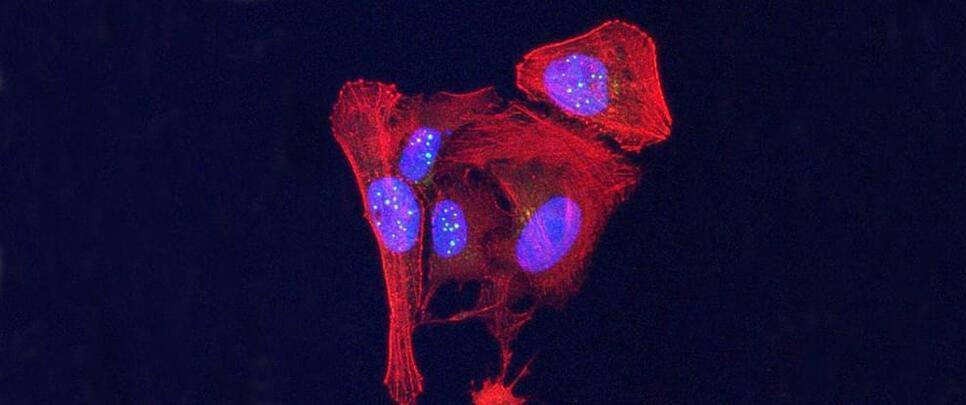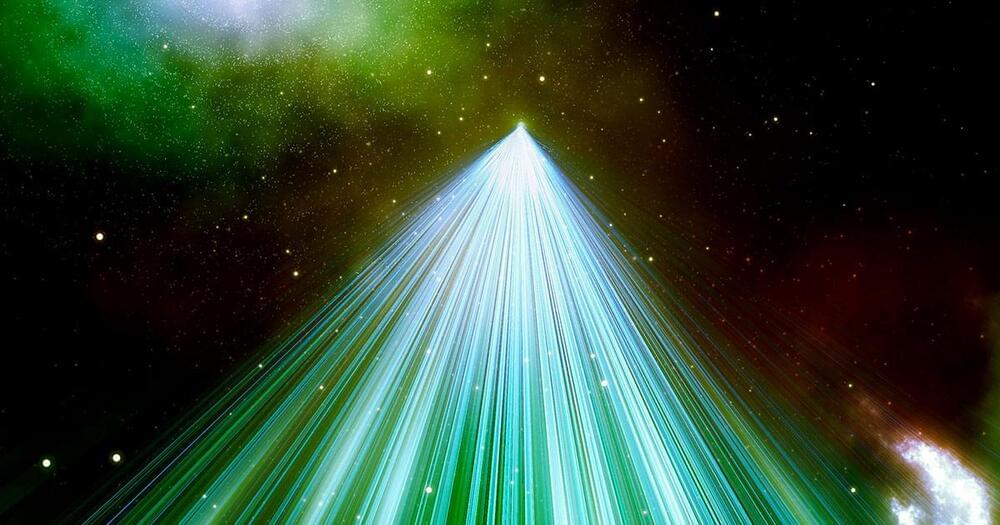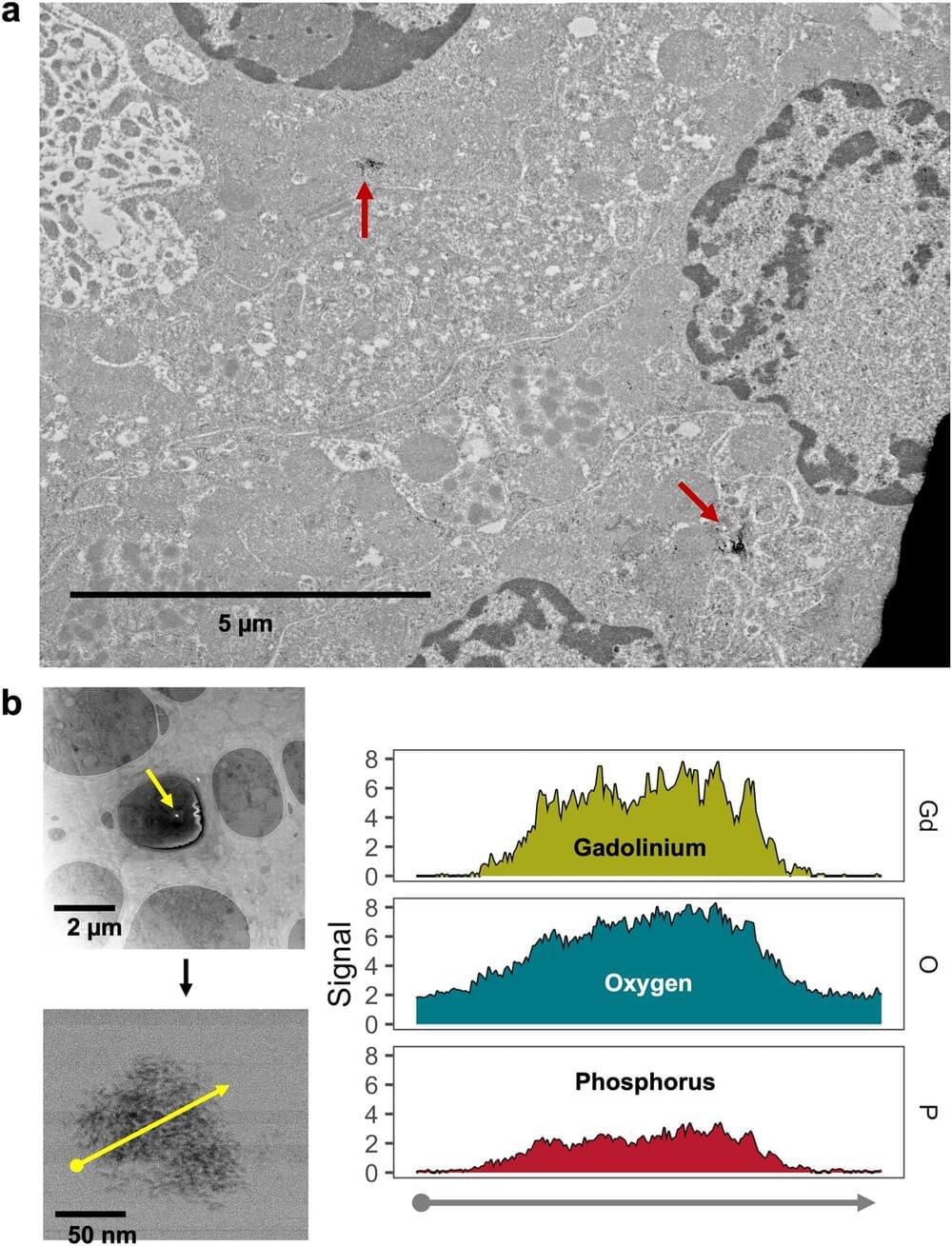Scientists at Osaka University were part of a particle accelerator experiment that produced an exotic and highly unstable particle, and determined its mass. This could contribute to a better understanding of the inner workings of ultra-dense neutron stars.
The Standard Model of particle physics explains that most particles are made of combinations of just six types of basic entities called quarks. However, there are still many unsolved mysteries, one of which is Λ(1405), an exotic but fleeting Lambda resonance. It was previously believed to be a specific combination of three quarks – up, down, and strange – and gaining insight into its composition could assist in uncovering information about the extremely dense matter in neutron stars.
Now, investigators from Osaka University were part of a team that succeeded in synthesizing Λ(1405) for the first time by combining a K– meson and a proton and determining its complex mass (mass and width). The K– meson is a negatively charged particle containing a strange quark and an up antiquark.









